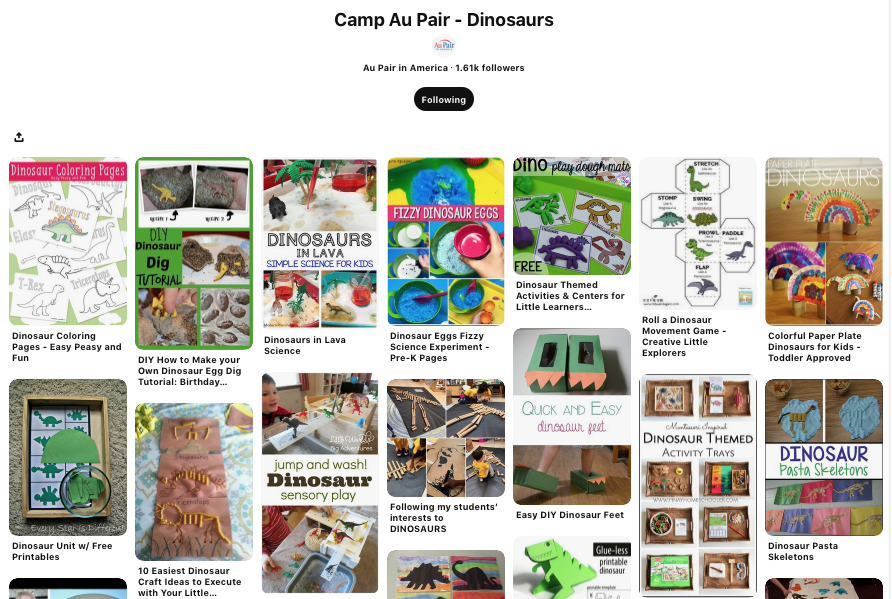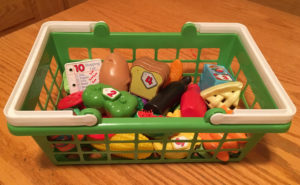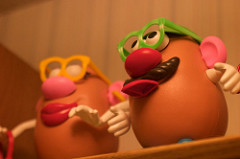
Children need to have physical activity and brain-developing activities every day. 1 It helps them to grow into smart and socially acceptable adults. The process of play is the important part, not the end result 3
Learning through Play involves an active, alert, but not-stressed framed of mind. 3 Children must have the opportunity to play and learn in a place where they feel secure and without the fear of failure. This state of mind allows them to learn new skills. 3
Why engage them?
Meaningful activities build the child’s knowledge, help them learn to interact appropriately, and become more social. 1 Activities like reading and playing develop imagination and creativity and also help in developing brain function. 1 By engaging children, you can easily increase their ability to focus and concentrate. 1
Engaging children in play allows them to explore, identify a sense of self, and create meaning – it can help shape the brain, by creating pathways in the brain. Children who practice meaningful play are more likely to have good memory, strong language and to regulate their own behavior. 3
How can I engage them?
Listening to their developmental status and their interests is important. When adults model behavior, children learn how to act (such as being polite and trying again). 1
Your interest in their activities, and your comments will help your children use toys productively and learn as they play 4 You can mimic their behavior and create new ways to play as you work alongside the children. 4 Asking questions helps children get started (such as: “Oh, that fell down, didn’t it? Can you put it back on top?”) 4 Ask open-ended questions to encourage the child to think more and express ideas (such as “Why do you think that happened?” Instead of “Did you think that would happen?”)2
Focus on your child’s particular strengths and find a way to use them in the play activities so they can feel successful. 3 Keep activities simple by using only a few rules, or break down the steps into smaller pieces of information, then model or show the child how to participate in the activity. 3 Use the type of play that the child enjoys to build confidence and self-esteem before trying something new. 3
Different Types of Play
In Constructive Play children experiment with objects in their environment (like blocks or sand) to create new things. This is important for children to become empowered and have a sense of control. 3
Movement Play, such as dance or climbing, teaches children to think in motion. 3
Social Play allows children to interact and learn social rules such as sharing, give and take, reasoning, and relationships with others. § You can model behavior for the child or tell him what to say.
Imaginative Play allows children to try out new roles and scenarios, so they can exercise problem solving, use new language, and express different emotions in a safe environment. 3 You don’t need to have many children together to do this, you can be the pirate while the child is the princess. Imaginative pretend play encourages children to act out scenarios in their world, such as taking on the role of a doctor or patient, a restaurant waiter or customer, or a shopper in a grocery store. 4
With what activities can I engage them?
- Play Pretend based on whatever they like (we are looking for dinosaur bones, or we are baking a cake)
- Build with blocks and talk about what you are building
- Race toy cars and pretend the cars are alive
- See who can jump rope or swing a hula-hoop the longest
- Wash and Sort Vegetables1
- Paint or draw together (on the same page or side-by-side)
- Go on a treasure hunt 1
- Play a board game 1
- After reading a story, talk about how the story is like their own life 4
References:
1. https://flintobox.com/blog/parenting/ways-engage-children-indoors
2. http://resourcesforearlylearning.org/educators/module/20/7/19/
3. https://www.ptonthenet.com/articles/how-to-engage-children-in-play-time-for-groups-and-individuals-4168
4. https://www.naeyc.org/our-work/families/support-learning-with-play
For more, including videos about engaging children: http://resourcesforearlylearning.org/educators/module/20/7/20/





